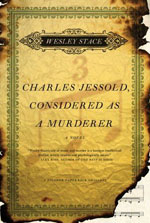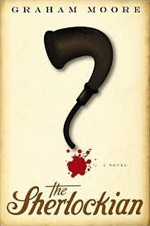Rhys Bowen: Hush Now, Don’t You Cry
For pure entertainment value, Rhys Bowen simply cannot be beat. Whether it’s her light and funny Lady Georgie mysteries set in the 30’s, or her “flagship” series featuring Molly Murphy, her skill as a storyteller is almost unmatched. I’d compare her to such different authors as Harlan Coben or Michael Connelly, in that once you pick up a Rhys Bowen book, if you’re very lucky, you won’t have to look up until you’re finished with it.
 Molly, for the uninitiated, is an Irish immigrant who came through Ellis Island in the first book, which was set in 1900. Now ten books into the series, Molly has had her own private detective agency (though the fate of her agency is up in the air), and she has at last married her long time suitor, New York City police detective Daniel Sullivan (see the last book, Bless the Bride). Daniel has asked Molly, now that they are married, to settle down and give up her private detective agency. So far his plan isn’t working out too well.
Molly, for the uninitiated, is an Irish immigrant who came through Ellis Island in the first book, which was set in 1900. Now ten books into the series, Molly has had her own private detective agency (though the fate of her agency is up in the air), and she has at last married her long time suitor, New York City police detective Daniel Sullivan (see the last book, Bless the Bride). Daniel has asked Molly, now that they are married, to settle down and give up her private detective agency. So far his plan isn’t working out too well.






